5 Water Safety Tips
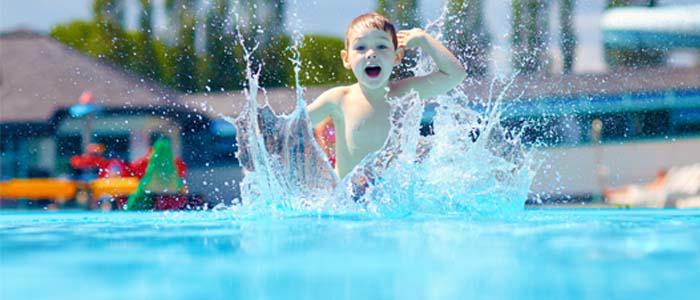
Summer is always a great time for everyone to enjoy the outdoors, there’s no pastime in summer that beats getting in the water and cooling off. Unfortunately, every year we forget the dangers of the water. Whether it’s the beach, pools, river or lakes, the water can be a dangerous place if you don’t recognize the hazards. Here are 5 water safety tips on how to be safe around water and provide first aid if someone gets into trouble.
Drowning:
Drowning is one of most common dangers when getting in the water, knowing what to do when someone is drowning is one of the most important water safety tips to know. Royal Life Saving Australia recorded that between July 1 2017 and 30 June 2018 there were a recorded 249 drowning deaths across Australian waters and a further 551 hospitalisations resulting from non-fatal drowning. This summer alone there has been an increase in drownings, most of the time people are unfamiliar with the waterways they are swimming in and this can lead to trouble. The tragedy of these 249 families who will never see their loved ones again is something we should not forget. Knowing what to do if you suspect someone is drowning or has become unconscious is one step you can take to help reduce these alarming statistics.
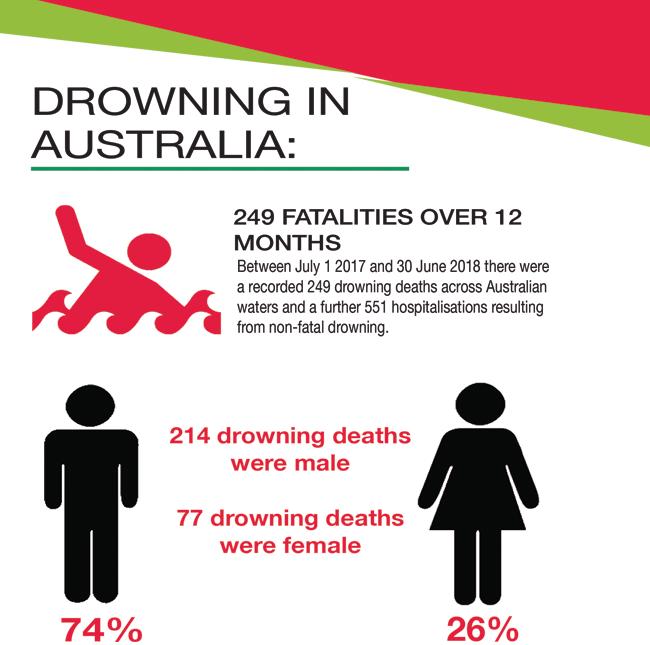
What to do if you think someone is drowning:
If a child, adolescent or adult is drowning you should always call for medical assistance (000) even if they regain consciousness. Drowning can cause long-term brain or airway damage, so it is critical the casualty receives a medical assessment after the event.
Perform the DRSABCD steps and ensure you follow these tips for CPR:
- Place one index finger on the middle of the collarbone and the other index finger on the sternum (where the ribcage meets below the chest)
- Your two thumbs will meet in between your index fingers. This marks the location where you will place your right hand. Position the base of your hand (just above your wrist joint) here
- Place your left hand on top of your right hand, clasp and push
- Provide 30 compression’s 1/3 of the depth of the casualty’s chest
- Tilt head back, lift chin, open mouth and pinch the soft part of the nose
- Provide 2 breaths – watch and listen for chest to rise and fall
- Repeat sequence until medical assistance arrives or the casualty becomes conscious
Drinking and swimming:
According to Royal Life Saving Australia alcohol contributes to at least 20 per cent of all adult drowning deaths. If you suspect someone is intoxicated and it looks like they’re drowning you should always call for medical assistance (000) even if they regain consciousness. It’s also important you perform DRSABCD if you suspect they are not conscious. If you are out with friends or family who you suspect are intoxicated and they are thinking of getting in the water, its best to encourage them to steer clear of swimming.
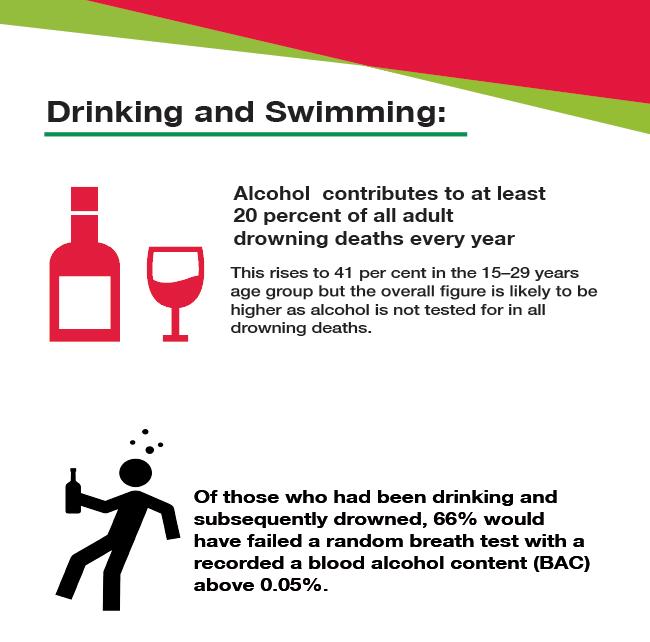
Sunburn:
According to Cancer Council Australia, 18 per cent of adults didn’t protect their skin from the sun when they spent more than an hour outside during summer. When the UV Index is only moderate (5-6), sunburn can happen in just 30 minutes. In the height of summer when the UV can be very high (10+), skin takes less than 15 minutes to be burned. A recent study by cancer council showing that almost 2.4 million Aussie adults get sunburnt on summer weekends and are becoming more complacent about the dangers of the UV rays. Sunburn can also strike when the sun doesn’t appear to be out, overcast can still have a moderate to high UV index. The best prevention for sunburn is to apply and reapply a highly rated sunscreen , to wear protective clothing such as a hat or sitting in the shade.
First Aid for Sunburn:
- Rest the casualty in a cool and shady place
- Place under a cool shower, in a cool bath or sponge with cool water for 10 minutes. Repeat if it helps decrease discomfort
- Apply cool gauze padding to the burnt area
- Give the casualty cold water
- Seek medical assistance for infants and casualties with blisters
- Note: do not pop blisters
Jellyfish and Marine stings:
One of the most common injuries to occur at an Australian beach is a jellyfish sting. Given the unpredictability of these creatures, it is important for Australians to know how to provide First Aid for a jellyfish or other marine stings.
First Aid For Non-Tropical Minor Jellyfish Stings:
- Rest and reassure the casualty
- Ensure the casualty does not rub the stung area
- Remove any remaining tentacles (can use fingers)
- Rinse stung area with seawater to remove any invisible sting cells (do NOT apply fresh water)
- Put the stung area in hot water (as hot as the casualty can tolerate without suffering a burn)
- If the pain does not ease from the application of hot water, or if you do not have access to hot water, apply a cold pack to ease pain

Management of Injuries From A Stingray:
- Follow DRSABCD
- Stop any severe bleeding by applying a bandage and pressure to the wound
- Do NOT remove any embedded spines
- If the casualty has been stung on the hand, arm, leg or foot, ensure bleeding has stopped before inserting the body part into hot water (as hot as the casualty can tolerate without suffering a burn). Test the water with other hand or foot to ensure it is tolerable
- Call triple zero (000) and wait for medical assistance
What If You Don’t Know What Stung You?
Sometimes, the water isn’t clear, or you swim away before you think to look and you don’t know what exactly stung you. When this is the case, the safest thing to do is:
- Follow DRSABCD
- Flush the area with sea water
- Apply a pressure bandage to immobilise the wound
- Find the local lifesaver and ask for their opinion
- Call triple zero (000) and wait for medical assistance if advised by the local lifesaver
Heat Exhaustion:
The Bureau of Meteorology reported that 2018 was the third hottest year in Australia on record. With this trend likely to continue, this means Australians will more than likely swarm to the water to combat the heat. The rise in temperature can cause dehydration, heat stroke, heat exhaustion, heat-induced swelling and muscle cramps to name a few. If people aren’t prepared for the heat then any of these could occur especially when out at places like the beach or waterways. It’s important to understand how to provide first aid for someone who may be suffering from heat exhaustion, especially the elderly or young children as they may not realise themselves until it is too late.
First Aid for Heat Exhaustion:
- Remove the casualty from exposure to extreme heat to a shady, cool place with circulating air if possible
- Loosen tight-fitting and remove excessive layers of clothing
- Sponge with cold water
- Provide plenty of cool water to sip on
- Seek medical assistance if the casualty does not recuperate quickly or is vomiting
Summer is a great time to be outdoors and in the water, but it’s important to understand the dangers. Every year too many people are injured or killed from not paying enough attention to the signs of a potential hazard when they are around the water so it’s always good to be prepared to provide first aid in the event of an emergency.
These water safety tips were aimed at providing quick first aid tips if you want to be fully prepared for a first aid emergency then check out our first aid kits and first aid training courses, they could save a life!
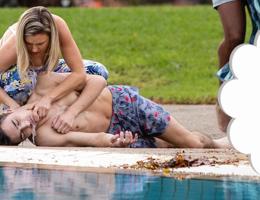
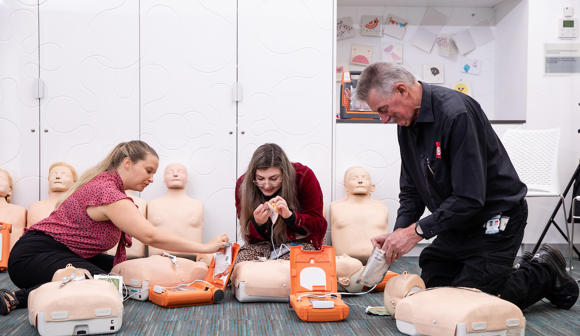
HLTAID011 PROVIDE FIRST AID
Suitable for both people in workplaces and members of the public who would like a comprehensive first aid course.
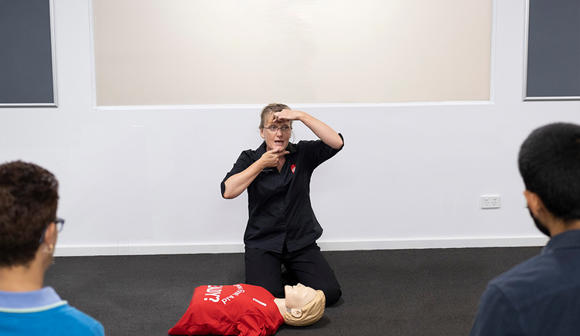
HLTAID009 PROVIDE CARDIOPULMONARY RESUSCITATION
Learn the skills to perform life-saving (CPR) on an adult, child or infant who is unconscious and not breathing normally.

CARING FOR BABIES AND KIDS
Designed for parents and carers. Learn to manage basic first aid situations specific to babies and kids up to 7.
